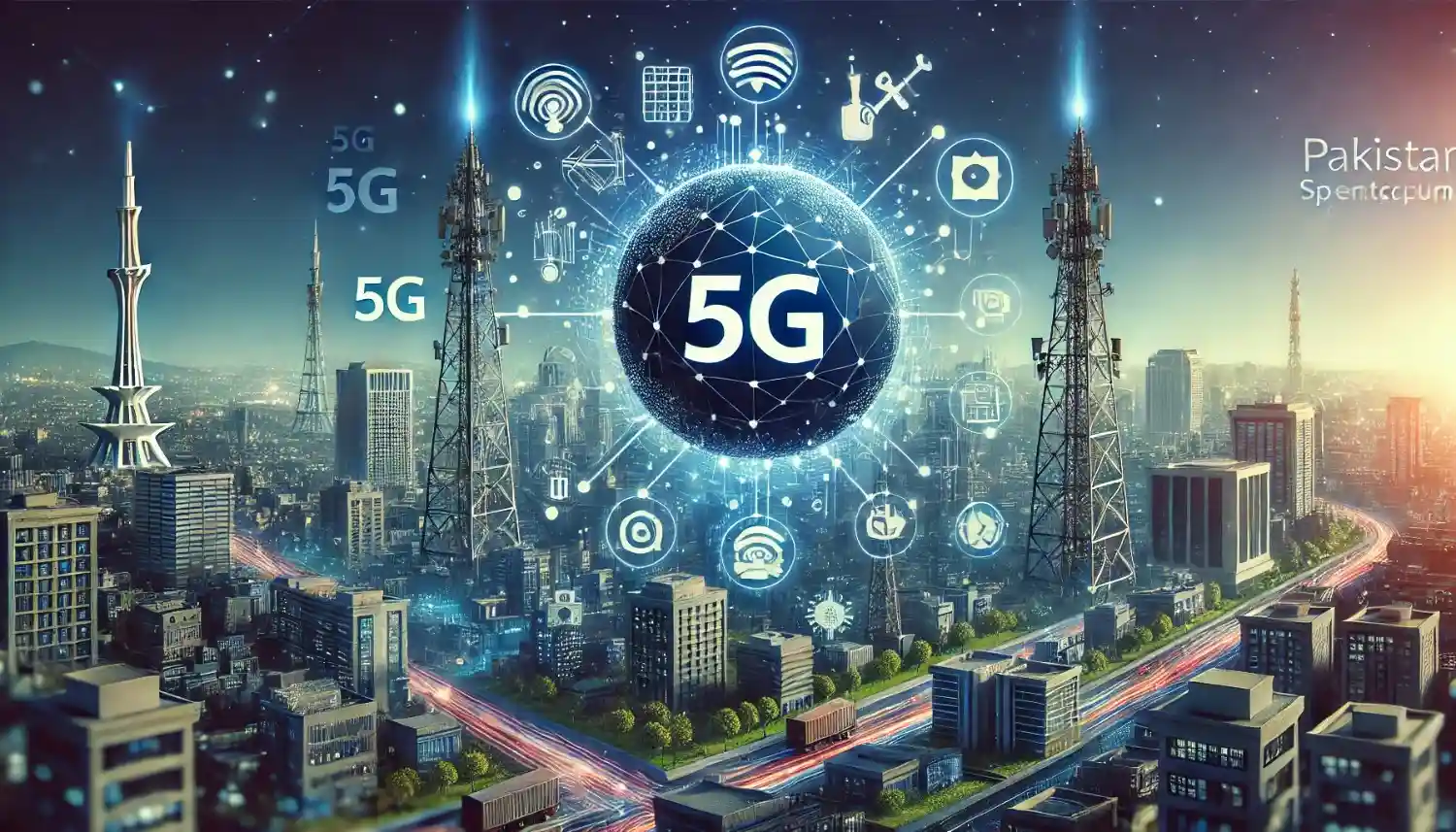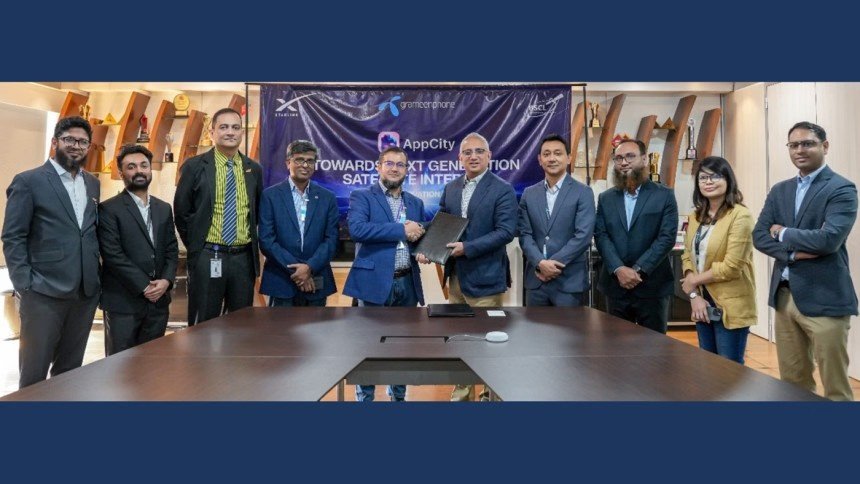As Pakistan gears up for its 5G spectrum auction scheduled for April 2025, the country is on the cusp of a technological revolution that promises to revolutionize various sectors, offering substantial economic, social, and technological benefits. However, the successful implementation of 5G technology requires careful planning, collaboration, and government support.
The upcoming auction marks a key milestone in Pakistan’s digital journey. By allocating specific frequency bands to telecom operators, the government aims to facilitate nationwide 5G deployment, enhancing connectivity, improving service quality, and driving innovation across multiple industries. The introduction of 5G technology represents a significant step forward in telecommunications and a broader push towards digital transformation, crucial for keeping Pakistan competitive in the global economy.
The economic potential of 5G in Pakistan is substantial. According to the Global System for Mobile Communications Association (GSMA), 5G could contribute over $1.5 billion to Pakistan’s GDP by 2030. The agricultural sector is expected to benefit from enhanced rural 5G coverage, improving productivity and reducing waste, which could increase GDP by 1.8%. Industries such as manufacturing and logistics are poised to gain significantly from 5G, with advancements in automation, real-time data analytics, and the Internet of Things (IoT).
5G’s transformative benefits extend to critical sectors such as education and healthcare. In education, 5G can enable virtual classrooms and interactive learning experiences, helping to bridge the gap for students in remote regions. In healthcare, 5G-powered telemedicine services will facilitate virtual consultations and remote monitoring, improving access to healthcare in underserved areas. These applications have the potential to narrow the urban-rural divide and elevate the quality of life for millions of Pakistanis.
Despite the promising prospects, challenges loom large in the journey towards 5G deployment. One of the primary barriers is the existing telecom infrastructure, which lacks the necessary fiber optic coverage and small cell sites required for 5G. Addressing these gaps will necessitate substantial investment and technical expertise.
Other challenges include spectrum allocation and pricing. High spectrum prices may deter telecom operators from participating in the auction or from investing in the necessary infrastructure. Additionally, the decision to auction the spectrum in foreign currency, rather than in local currency, could impose financial burdens and reduce competition.
The absence of a clear and transparent regulatory framework is another challenge. Delays in license renewals, a lack of a frequency spectrum roadmap, and bureaucratic bottlenecks in processes such as Right of Way (RoW) approvals create uncertainties for telecom operators. The limited availability and high cost of 5G-compatible devices could also hinder widespread adoption.
Economic constraints add another layer of complexity. The estimated $8 billion cost of 5G deployment is a significant financial challenge, especially given the depreciating local currency and the need for substantial foreign exchange.
Recognizing the importance of 5G, the government has taken steps to create an environment conducive to its successful deployment. The Ministry of Information Technology and Telecommunication (MoIT) has established a 5G task force to develop a comprehensive roadmap, focusing on spectrum management, infrastructure development, and addressing the challenges faced by telecom operators.
The Pakistan Telecommunication Authority (PTA) is consulting with stakeholders to ensure transparency and inclusivity in the auction process. The government is also exploring public-private partnerships to share the financial burden of infrastructure development. These partnerships will help accelerate the expansion of fiber optic networks and small cell sites—both of which are essential for 5G.
To encourage investment, the government is considering tax incentives for telecom operators and subsidies for infrastructure development. Efforts are also underway to streamline bureaucratic processes, such as expediting RoW approvals and resolving license renewal issues. Additionally, the government plans to address consumer adoption challenges by collaborating with manufacturers to make 5G-compatible devices more affordable, and public awareness initiatives will promote the benefits of 5G technology.
Several strategic measures are crucial for ensuring the success of 5G in Pakistan. Affordable spectrum pricing is essential. The auction should be conducted in local currency and the spectrum priced reasonably to encourage participation from a wider range of telecom operators, fostering healthy competition and investment. Regulatory reforms, such as clearing bureaucratic hurdles, establishing a clear spectrum roadmap, and addressing license renewal issues, are also critical.
Infrastructure development must be prioritized, with public-private partnerships playing a key role in sharing the financial burden and speeding up the establishment of fiber optic networks and small cell sites. Additionally, collaboration with manufacturers to reduce the cost of 5G-compatible devices and implementing supportive economic policies, such as tax incentives and subsidies, will help ease the financial burden on telecom operators and promote 5G adoption.
The upcoming 5G spectrum auction in April 2025 presents a transformative opportunity for Pakistan to enhance its digital infrastructure and drive economic growth. The benefits of 5G are far-reaching, spanning key industries such as agriculture, manufacturing, education, and healthcare. Realizing these benefits will require tackling challenges related to infrastructure, spectrum pricing, regulation, and economic constraints. With proactive government actions, strategic planning, and collaboration, Pakistan can unlock the full potential of 5G technology and pave the way for a digital future.















